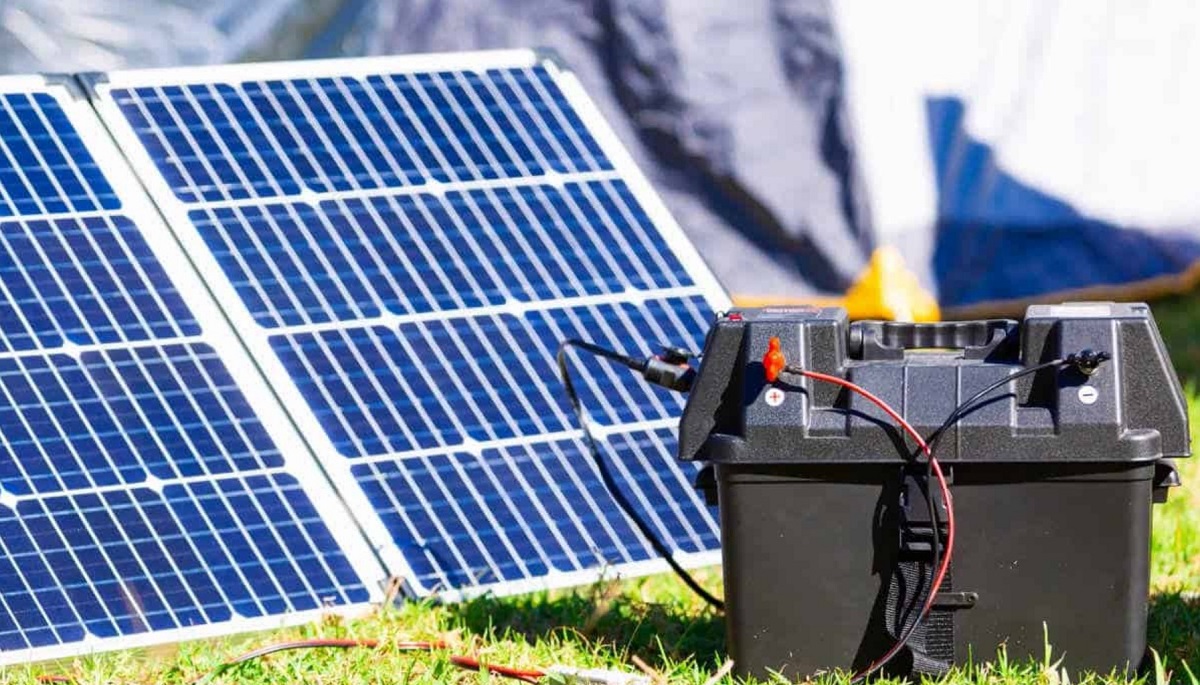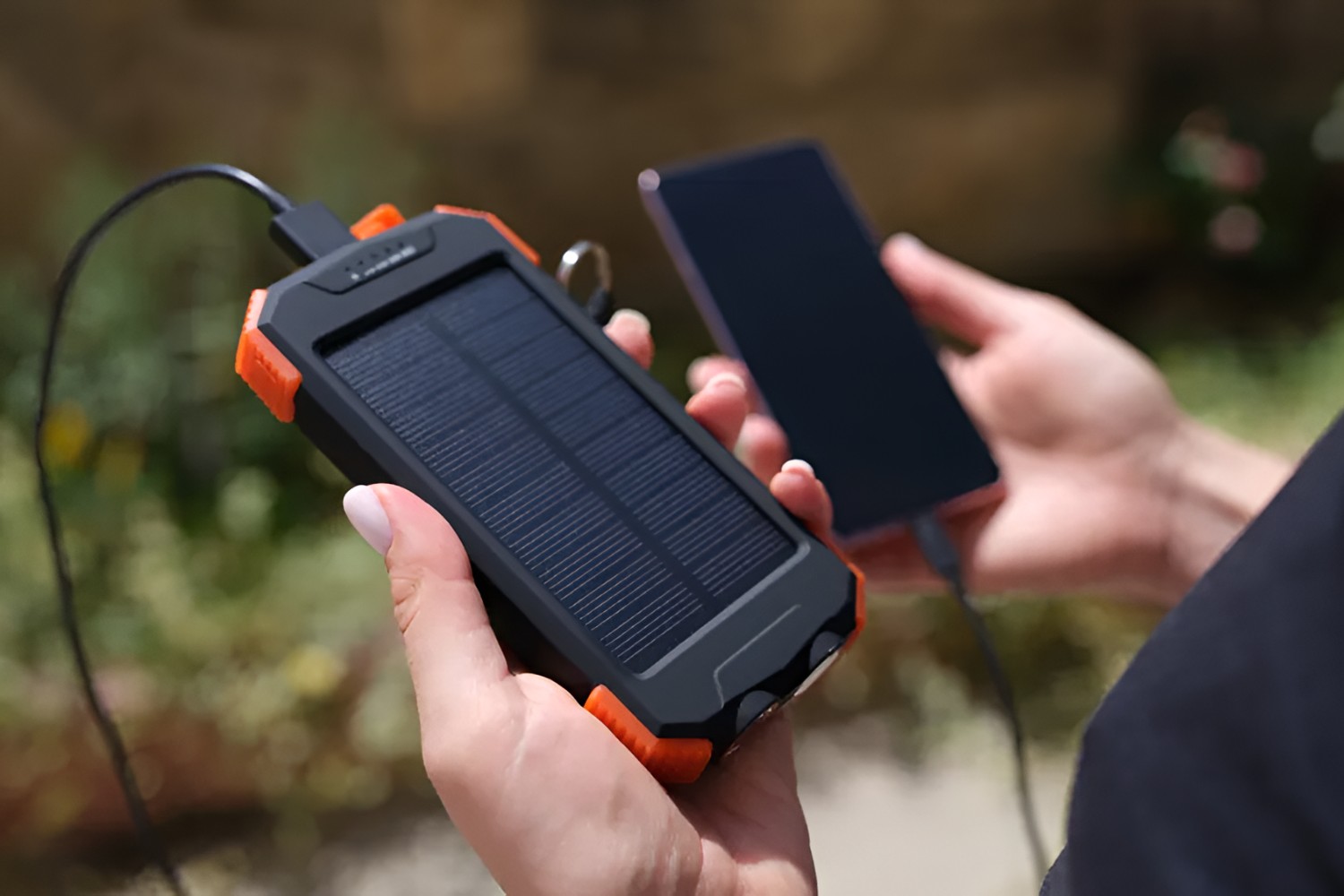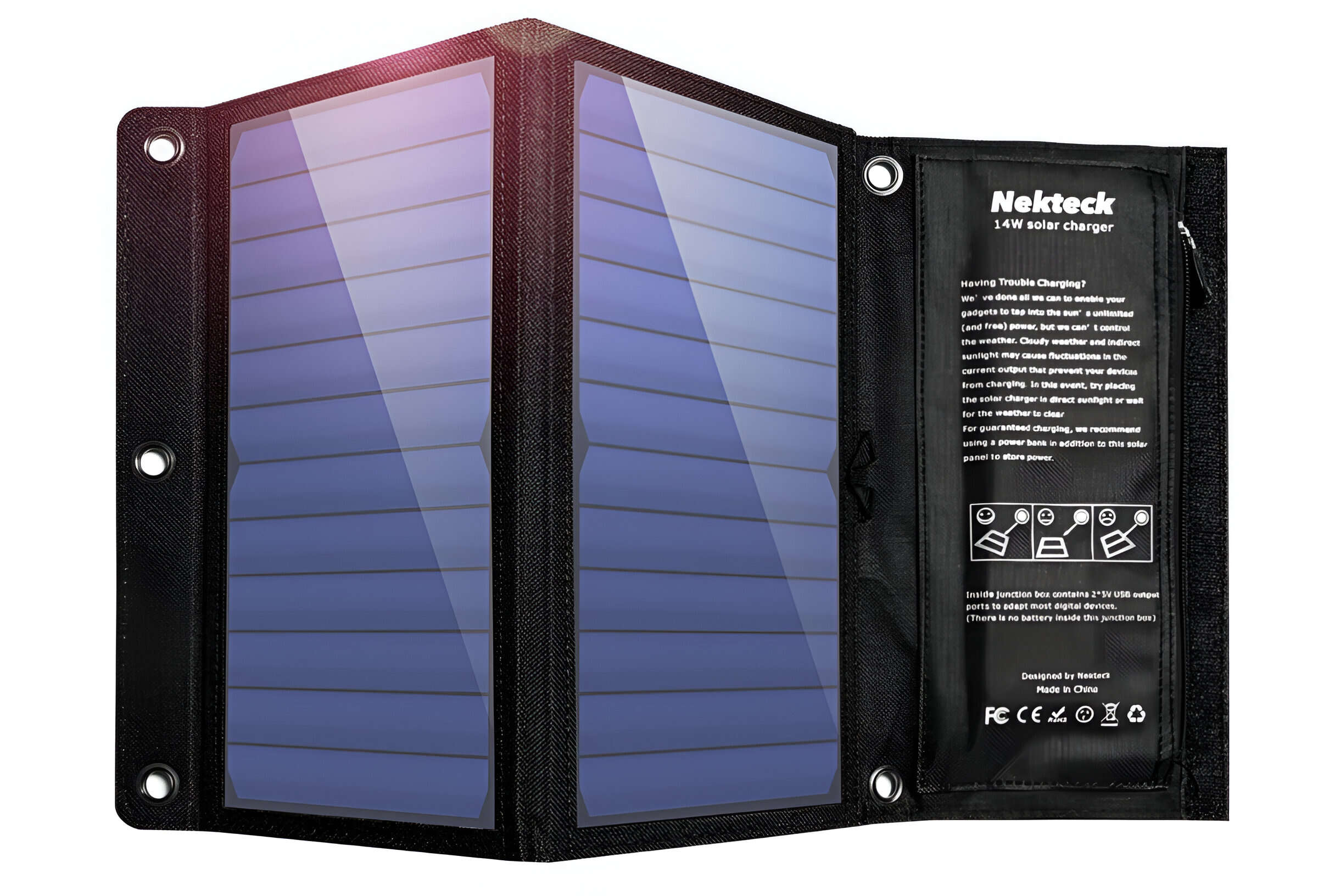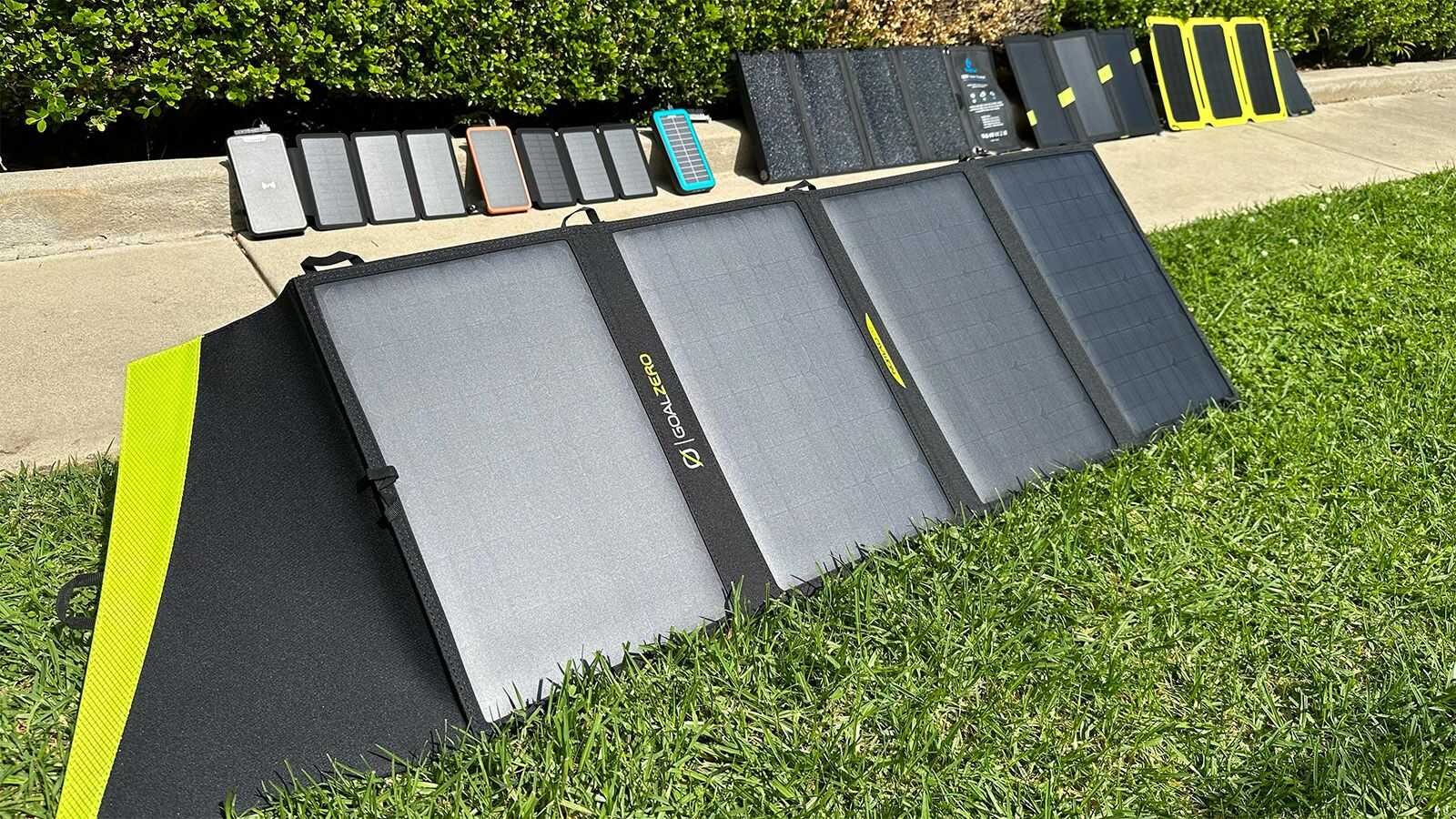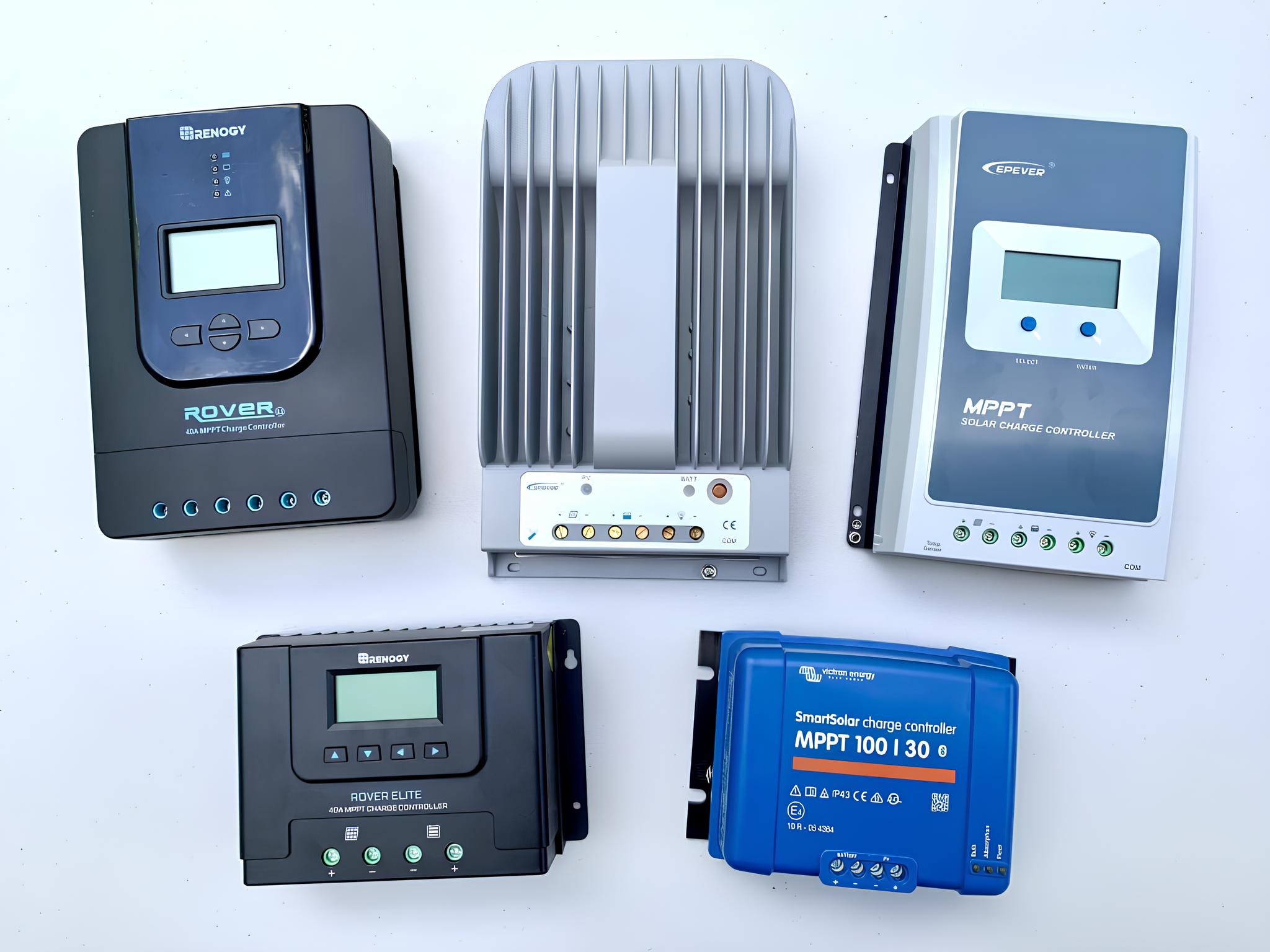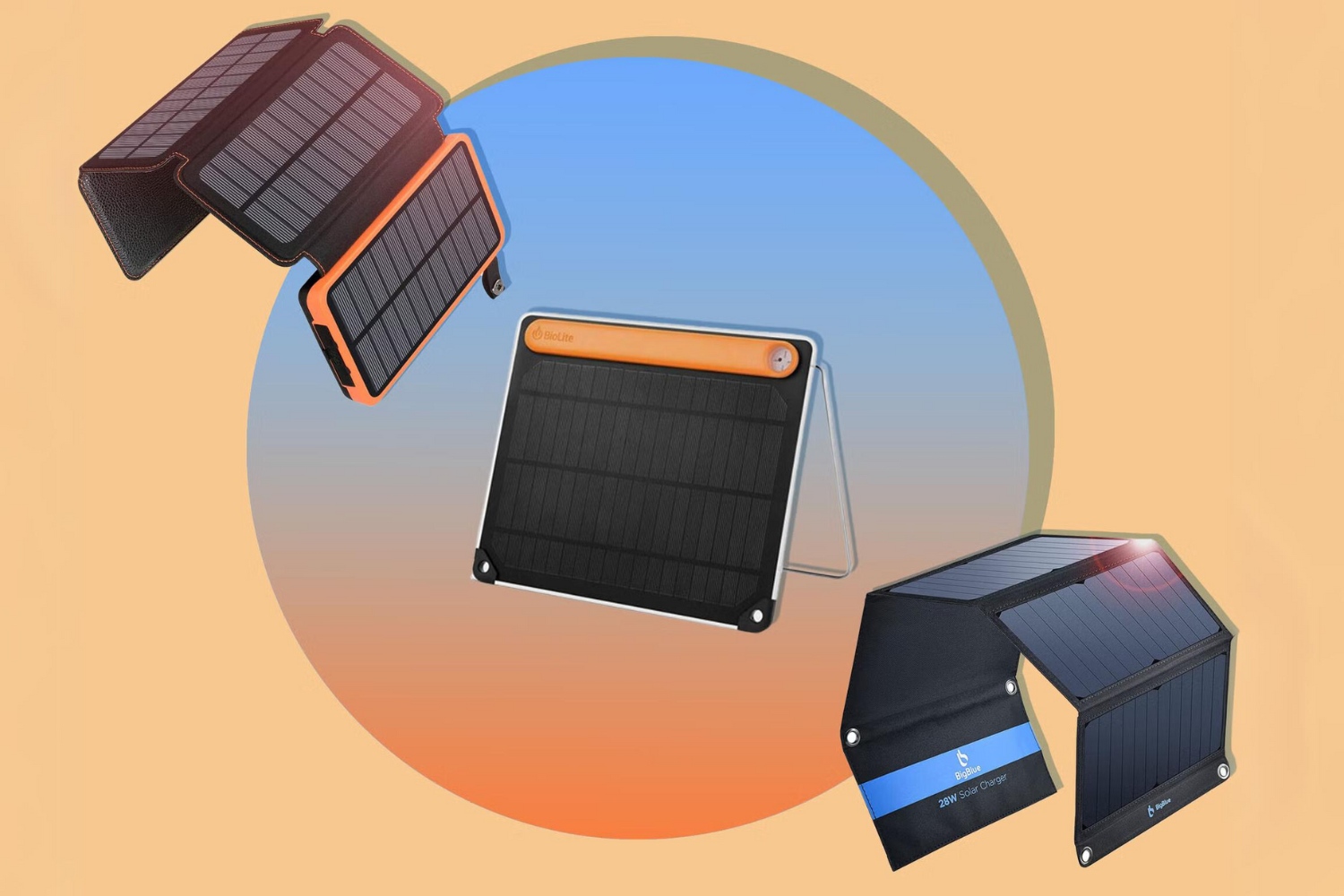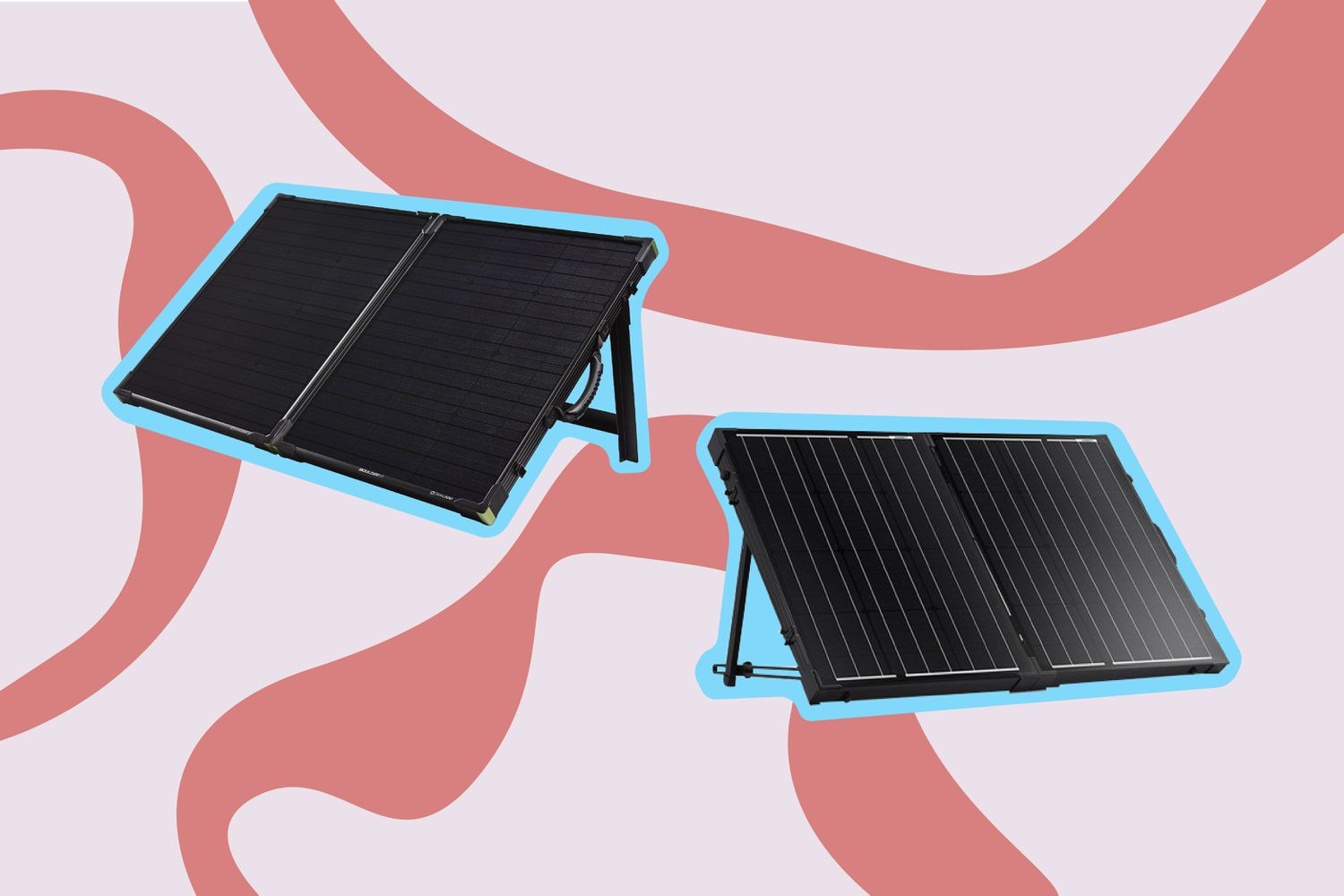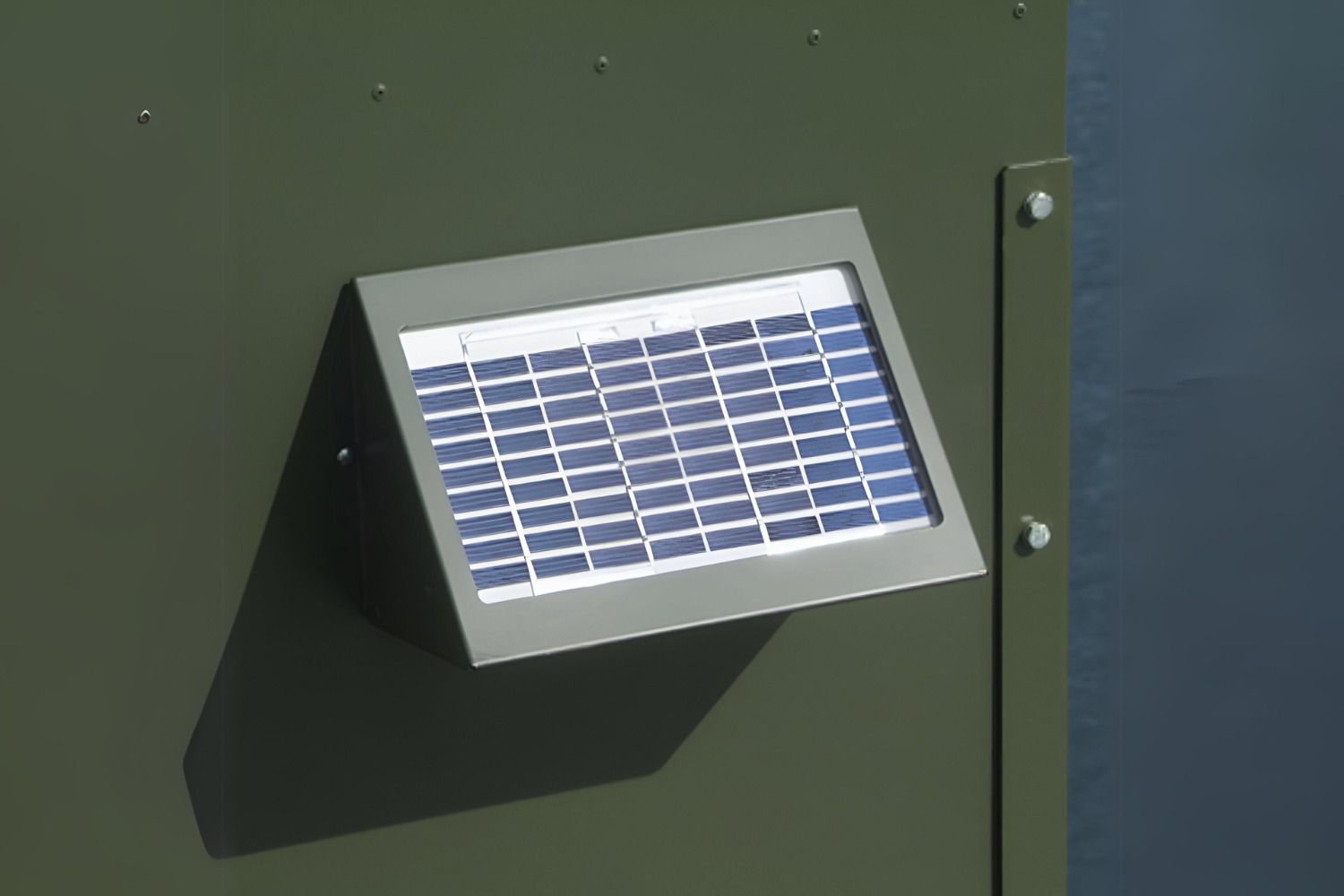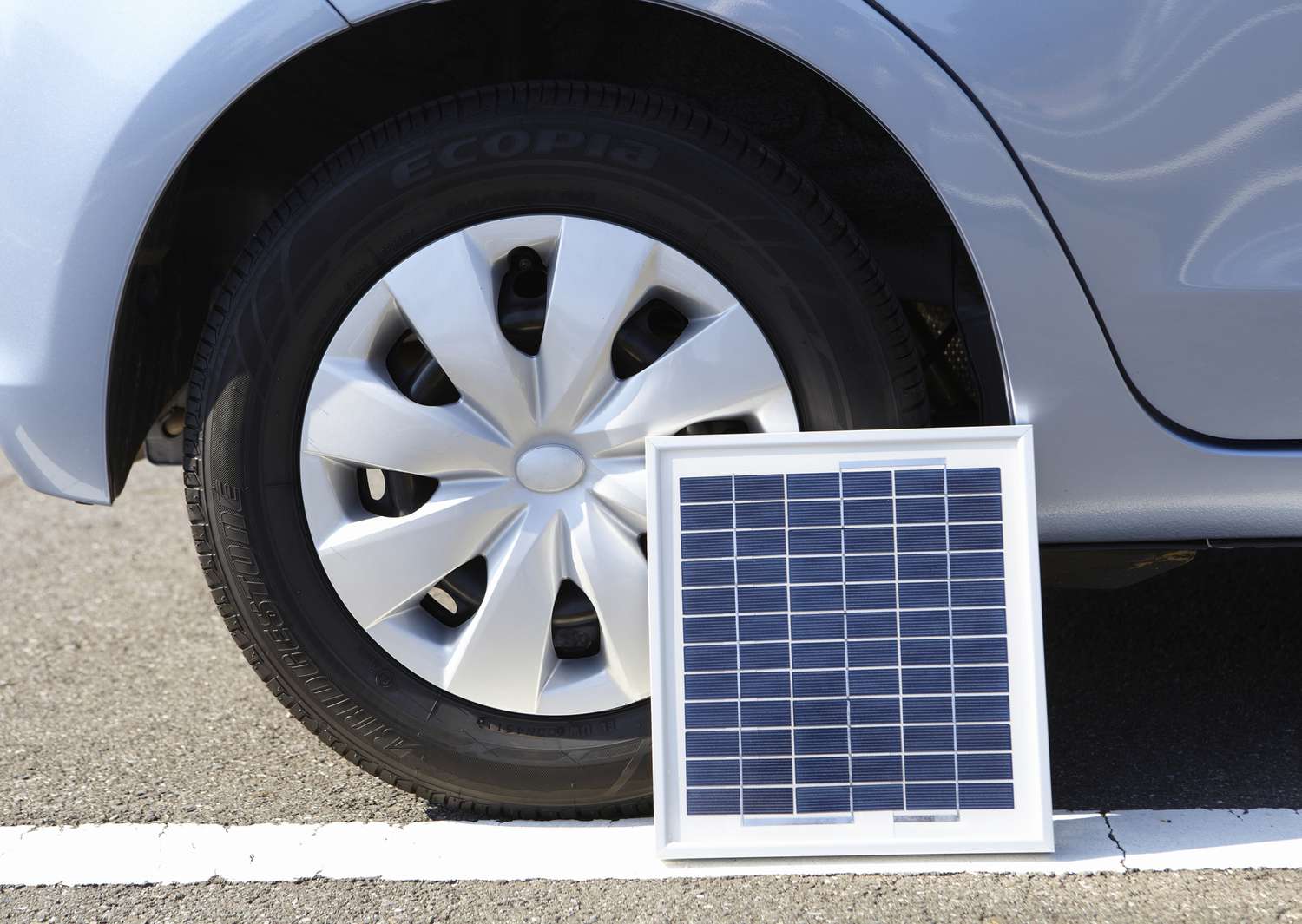Introduction
Welcome to this guide on how to properly size a solar panel charger for a 12V DC 2 Amps system. Solar panel chargers are a popular choice for harnessing clean and renewable energy to charge batteries in various applications, such as RVs, boats, and off-grid power systems. By utilizing the power of the sun, these chargers offer a sustainable and environmentally-friendly solution.
Properly sizing a solar panel charger is crucial to ensure optimal charging efficiency and prolong the lifespan of your batteries. In this guide, we will walk you through the essential steps to accurately determine the right charger for your 12V DC 2 Amps system. By understanding the power requirements, considering solar panel efficiency, and matching the charger to your battery capacity, you can make an informed decision and get the most out of your solar panel charger.
Whether you are a beginner or already have some knowledge of solar energy, this guide will provide you with the necessary insights to make the right sizing choices. So, let’s dive in and explore how you can properly size a solar panel charger for your 12V DC 2 Amps system.
Understanding Solar Panel Chargers
Solar panel chargers, also known as solar charge controllers, are devices that regulate the flow of solar energy from the solar panels to the batteries. They play a crucial role in ensuring that the batteries receive the optimal amount of charge, protecting them from overcharging or undercharging.
These chargers are designed to convert the solar energy from the panels into a usable form for charging the batteries. They come in different types and configurations, including PWM (Pulse Width Modulation) and MPPT (Maximum Power Point Tracking) chargers.
PWM chargers are the most common and affordable option. They work by rapidly switching the solar panel output on and off, regulating the current flowing into the batteries. On the other hand, MPPT chargers are more efficient and can handle higher voltage inputs. They track the maximum power point of the solar panel and optimize energy extraction, resulting in increased charging efficiency.
It is essential to understand the specifications of the solar panel charger, such as the maximum input voltage, charging current, and controller capacity. These specifications determine the compatibility with your solar panels and the ability to handle the power demands of your system.
Additionally, it is important to consider the charging modes supported by the charger. Some charge controllers offer multiple charging modes, such as bulk, absorption, and float charging. Each mode serves a specific purpose and helps to optimize the charging process for different battery types and conditions.
By having a clear understanding of solar panel chargers and their capabilities, you can make informed decisions when it comes to sizing and choosing the right charger for your 12V DC 2 Amps system. Now that we have covered the basics, let’s move on to the next step: calculating the power requirements for your system.
Calculating Power Requirements
Before determining the size of the solar panel charger, it is important to calculate the power requirements of your 12V DC 2 Amps system. This step involves understanding the energy consumption of your devices and appliances and estimating the duration of usage.
To begin, make a list of all the devices and appliances that will be powered by your system. Note down their power ratings in watts. You can find this information on the devices’ labels or in their user manuals.
Next, estimate the average daily usage time for each device or appliance. This will depend on how often and for how long you use them. Multiply the power rating of each device by its daily usage time to calculate the daily energy consumption in watt-hours (Wh).
For example, if you have a device with a power rating of 50 watts and you use it for 4 hours a day, the daily energy consumption would be 50 watts x 4 hours = 200 watt-hours.
Repeat this process for all the devices and appliances in your system and sum up the total daily energy consumption. This will give you an estimate of the energy requirement in watt-hours per day.
In our case, a 12V DC 2 Amps system corresponds to 24 watts (12 volts x 2 amps). However, it is important to consider any additional power losses or inefficiencies in the charging process. As a general rule, you would typically multiply the total energy requirement by a factor of 1.2 to 1.5 to account for these losses.
Now that you have calculated the power requirements for your system, it’s time to move on to the next step: considering solar panel efficiency.
Considering Solar Panel Efficiency
The efficiency of a solar panel plays a significant role in determining the size of the solar panel charger needed for your 12V DC 2 Amps system. Solar panel efficiency refers to the ability of the panel to convert sunlight into usable electrical energy.
Solar panel efficiency is typically expressed as a percentage and can vary depending on the quality and technology of the panel. High-quality panels can have efficiencies ranging from 15% to over 20%, while lower-quality panels may have efficiencies below 10%.
When considering solar panel efficiency, it’s important to keep in mind that the higher the efficiency, the more power it can generate. This means that a more efficient panel can produce the same amount of power with a smaller physical size compared to a less efficient panel.
To determine the appropriate size of the solar panel charger, you will need to account for the energy losses that occur during the conversion and transmission process. These losses include wiring losses, charging losses, and losses due to environmental factors such as temperature and shading.
By factoring in these losses, you can estimate the actual usable power output of the solar panels. This will help you determine how many panels you need to meet the power requirements of your system.
For example, if you have calculated a daily energy requirement of 1000 watt-hours for your 12V DC 2 Amps system, and you have a solar panel with an efficiency of 16%, you would need to divide the daily energy requirement by the panel’s efficiency to get the required panel capacity.
In this case, the calculation would be 1000 watt-hours / 0.16 = 6250 watt-hours. This means you would need solar panels with a total capacity of 6250 watt-hours to meet your daily energy requirement.
Considering the efficiency of the solar panels is essential to ensure that you have sufficient power generation to meet the needs of your system. Let’s move on to the next step: determining the battery capacity.
Determining the Battery Capacity
The battery capacity is a crucial factor in sizing a solar panel charger for your 12V DC 2 Amps system. It represents the amount of energy that the battery can store and deliver to meet the power requirements of your devices and appliances.
To determine the battery capacity needed, you will first need to calculate the total energy consumption of your system per day, which we previously determined in the “Calculating Power Requirements” section.
Next, consider the depth of discharge (DoD) of the battery. DoD refers to the percentage of the battery’s capacity that can be safely discharged without causing damage to the battery. For example, a battery with a 50% DoD means that only 50% of its total capacity should be used before recharging it.
It is recommended to choose a battery with a higher DoD to ensure longer battery life and minimize the risk of over-discharging. Common DoD ranges for lead-acid batteries are between 50% to 80%, while for lithium-ion batteries, it can be as high as 90%.
To calculate the required battery capacity, divide the daily energy consumption by the chosen DoD. For instance, if your daily energy consumption is 1000 watt-hours and you have selected a battery with a 50% DoD, the required battery capacity would be 1000 watt-hours / 0.5 = 2000 watt-hours.
It’s important to note that battery capacity is typically rated in amp-hours (Ah) or milliamp-hours (mAh) rather than watt-hours. To convert the required battery capacity in watt-hours to amp-hours, divide it by the battery voltage. In our case, if we have a 12V battery, the calculation would be 2000 watt-hours / 12 volts = 166.67 amp-hours.
By determining the battery capacity, you will have a clear understanding of the energy storage required for your system. Now, let’s move on to the next step: matching the solar panel charger to the battery capacity.
Matching Solar Panel Charger to Battery Capacity
Once you have determined the required battery capacity for your 12V DC 2 Amps system, it’s time to match it with a suitable solar panel charger. The charger should be capable of efficiently charging the battery and providing enough power to meet the energy demand of your system.
To ensure compatibility, the solar panel charger should have a charging current that is suitable for your battery’s capacity. It is generally recommended to choose a charger with a current rating that is 10-20% of the battery’s capacity.
In our example, with a battery capacity of 166.67 amp-hours, a suitable charging current would be around 16.67 to 33.33 amps (10-20% of the battery capacity).
It’s also important to consider the charging voltage requirement of your battery. Most 12V batteries require a charging voltage of around 14-14.4 volts. Make sure that the solar panel charger is capable of providing the appropriate voltage range to effectively charge your battery.
Additionally, consider the type of solar panel charger that best suits your needs, such as PWM or MPPT chargers. MPPT chargers are more efficient and can handle higher voltage inputs, making them suitable for larger systems and environments with varying sunlight conditions. PWM chargers, on the other hand, are more affordable and suitable for smaller systems.
Lastly, take into account any additional features or protections offered by the solar panel charger, such as overcharge, over-discharge, and reverse polarity protection. These features can help ensure the safety and longevity of your battery system.
By evaluating the charging current, voltage compatibility, charger type, and additional features, you can select a solar panel charger that is well-matched to the battery capacity and requirements of your 12V DC 2 Amps system.
Now that we have covered the steps to match the solar panel charger to the battery capacity, let’s move on to the final step: choosing the right solar panel charger.
Choosing the Right Solar Panel Charger
When it comes to selecting the right solar panel charger for your 12V DC 2 Amps system, there are a few factors to consider to ensure compatibility and optimal performance.
First, consider the size and wattage of the solar panel charger. The charger should be able to handle the power output of your solar panels. It’s advisable to choose a charger with a wattage rating that is equal to or higher than the total wattage of your panels.
Next, consider the charging current and voltage compatibility. Ensure that the charger can provide the appropriate charging current and voltage for your battery’s capacity and requirements.
Additionally, evaluate the efficiency and charging modes of the charger. A higher efficiency charger can maximize the power conversion from the panels to the battery. Charging modes such as bulk, absorption, and float charging can optimize the charging process and prolong battery life.
Consider the durability and reliability of the charger. Look for chargers that are made of high-quality materials and have built-in protections against overcharging, over-discharging, and reverse polarity.
Another factor to consider is the ease of installation and user-friendliness of the charger. Look for chargers that come with clear instructions and have user-friendly interfaces for monitoring and adjusting charging parameters.
Lastly, consider the cost and warranties offered by different chargers. Compare the prices and warranty periods of various brands and models to ensure you are getting the best value for your investment.
By taking all these factors into account, you can choose a solar panel charger that is well-suited to your 12V DC 2 Amps system, ensuring efficient charging and optimal performance.
Now that we have covered the process of choosing the right solar panel charger, you are well-equipped with the knowledge to properly size a solar panel charger for your 12V DC 2 Amps system. Implementing the correct sizing and choosing the appropriate charger will allow you to enjoy the benefits of clean and renewable energy in powering your devices. Remember to regularly monitor and maintain your solar panel charger and battery system for the best and most sustainable results.
Conclusion
Properly sizing a solar panel charger for your 12V DC 2 Amps system is crucial for efficient charging and optimal performance. By following the steps outlined in this guide, you can accurately calculate the power requirements, consider solar panel efficiency, determine the battery capacity, match the charger to the battery capacity, and choose the right solar panel charger.
Understanding solar panel chargers and their capabilities is essential in making informed decisions about the sizing and selection process. Consider factors such as charging current, voltage compatibility, efficiency, charging modes, and additional features to ensure compatibility and safety.
Calculating the power requirements of your system helps you estimate the daily energy consumption, while considering solar panel efficiency allows you to accurately determine the required capacity of your solar panels.
Determining the battery capacity is necessary to ensure sufficient energy storage and proper battery management. Matching the solar panel charger to the battery capacity ensures compatibility and efficient charging.
Finally, choosing the right solar panel charger involves evaluating factors such as size, wattage, durability, ease of installation, and cost. Consider these factors to make an informed decision and achieve optimal performance from your solar panel charger.
With the proper sizing and selection of a solar panel charger, you can harness the power of the sun to charge your 12V DC 2 Amps system efficiently and sustainably. Enjoy the benefits of clean and renewable energy while reducing your environmental impact.
Remember to regularly monitor and maintain your solar panel charger and battery system for the best and most sustainable results. By following these guidelines, you can ensure the longevity and efficiency of your system for years to come.







